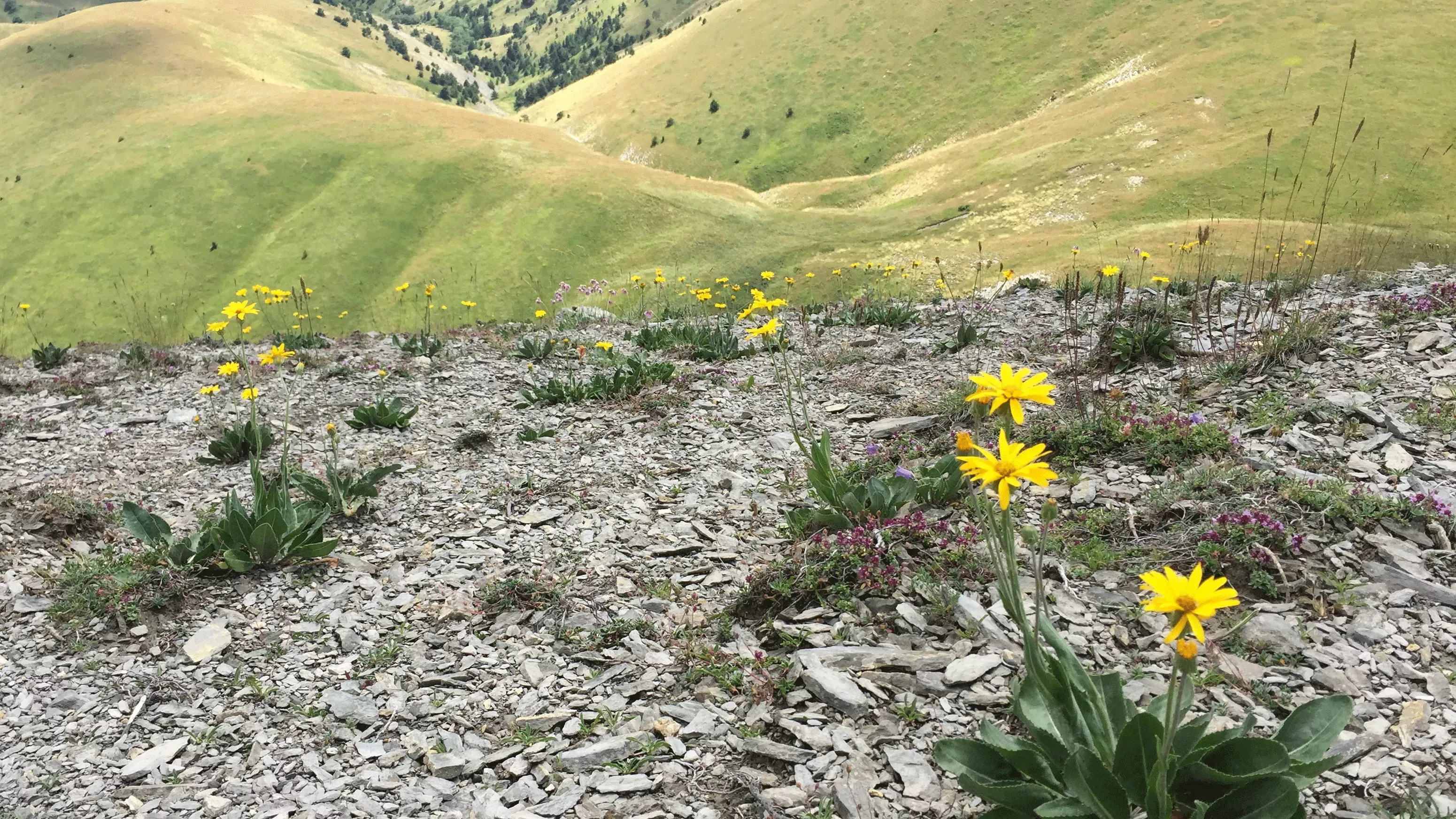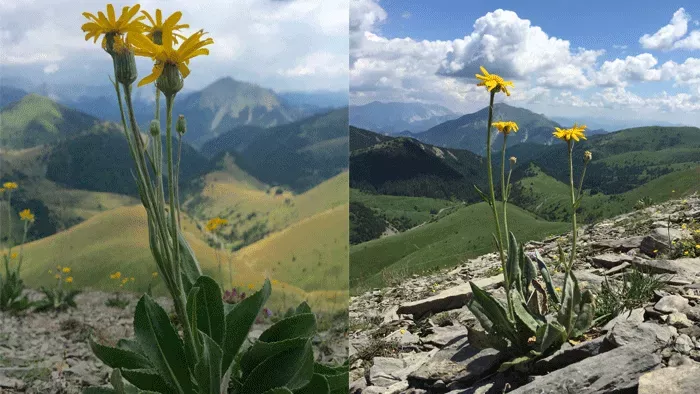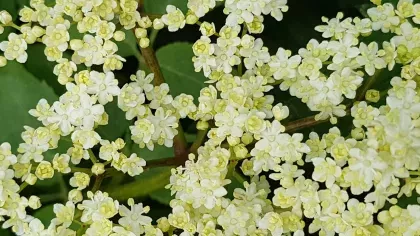9 October 2018
The art of seduction: understanding plant-pollinator interactions
Jaume Pellicer describes Kew's research into understanding how genetic traits increase a flower's attractiveness.

As global climate change has an impact on pollinator diversity, it is important to understand what makes a flower attractive to pollinators as this underpins a plant’s reproductive success. To address this, researchers at Kew are investigating what role different genetic traits play in enhancing a flower’s attractiveness.
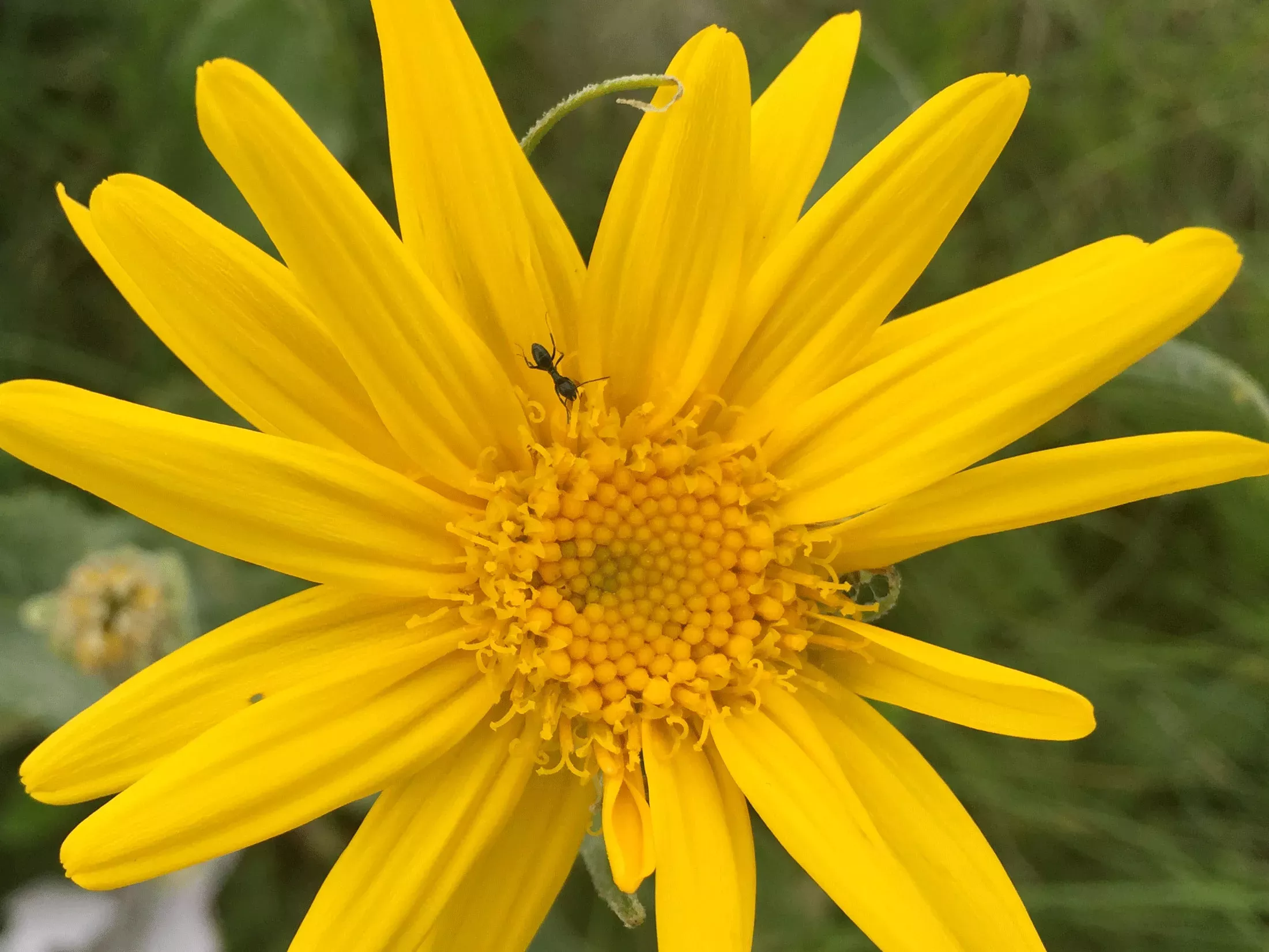
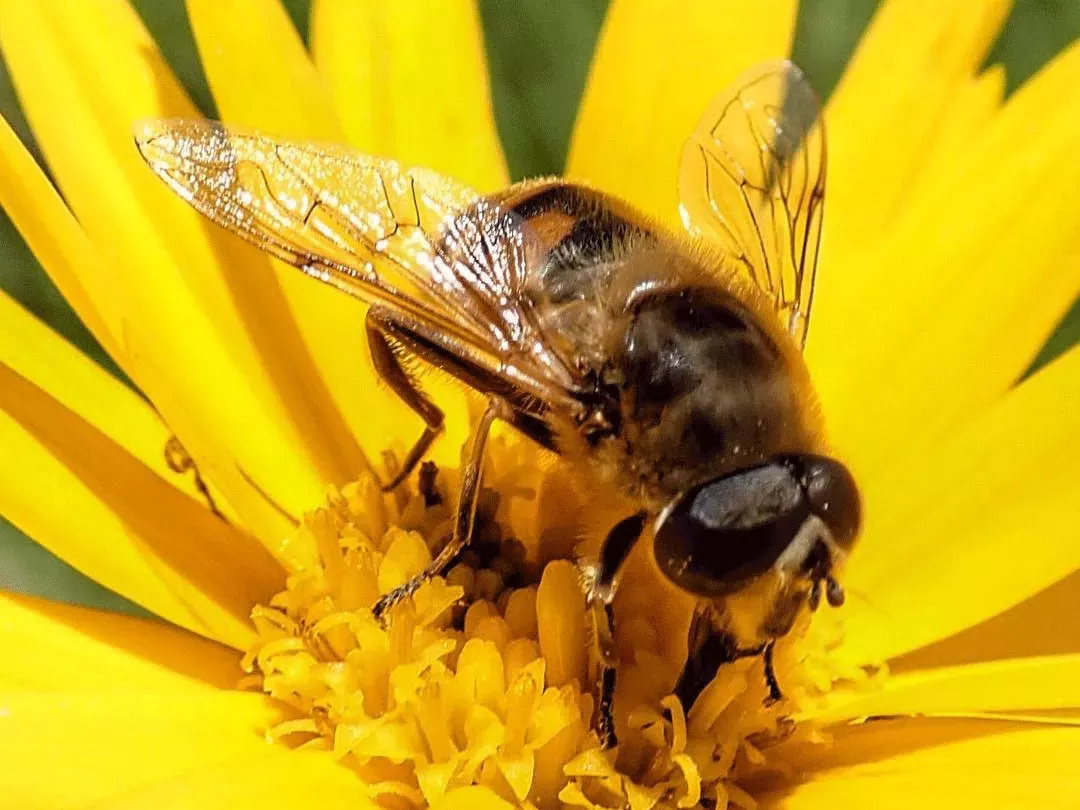
Polyploidy and plant evolution
One particular trait that is being studied is polyploidy, which refers to the presence of more than two complete sets of chromosomes in the cell nucleus - this is a very frequent phenomenon across flowering plants. We, as human beings have 46 chromosomes in each cell, made up of two sets of 23 chromosomes, one from each parent. We are therefore said to be diploid. However, in plants it is common to find species with multiple copies of each chromosome in the nucleus – and such plants are said to be polyploid. This is currently seen as one of the main drivers of plant evolution, enabling adaptation and leading to the rise of new species.
Most crop plants we know today are polyploids. Polyploidy is, strictly speaking, a genetic feature but its impact at the genomic and cellular level (e.g. alterations in gene functioning and chemical biosynthetic pathways) have effects at the whole plant level which can lead to enhanced plant survival or increased yield.

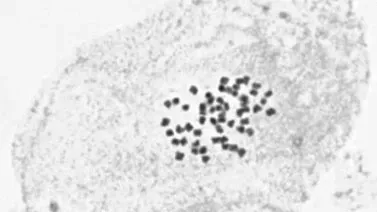
Uncovering drivers enabling alpine adaptation
Bearing in mind how important polyploidy is in plant evolution, we are investigating the role of this trait in enabling plants to adapt to alpine environments. In our research we have asked ‘Does polyploidy play a role in influencing flower attractiveness and how can plants interact with their pollinators?’.
To address this, we have documented a series of morphological (plant form and structure) traits in a population of the species Senecio doronicum (daisy family) in the French Alps. In this area specimens with 40 and 80 chromosomes, and hence different ploidy levels, co-exist. Our observations in the alps from the last two years suggest that the individuals with 40 chromosomes are rare and extremely restricted in their distribution, whilst those with 80 chromosomes are more common and widespread.
This summer, we have also been busy collecting data on floral traits in hundreds of individuals, examining all of the flowers we have found in one population and extracting pollen samples to analyse their chemical composition and the number of pollen grains produced per flower.
But how do we know which insects visit these plants and, more importantly, how do we measure if there are any differences in the types and numbers of insects visiting the flowers of the 40 versus the 80 chromosome plants?
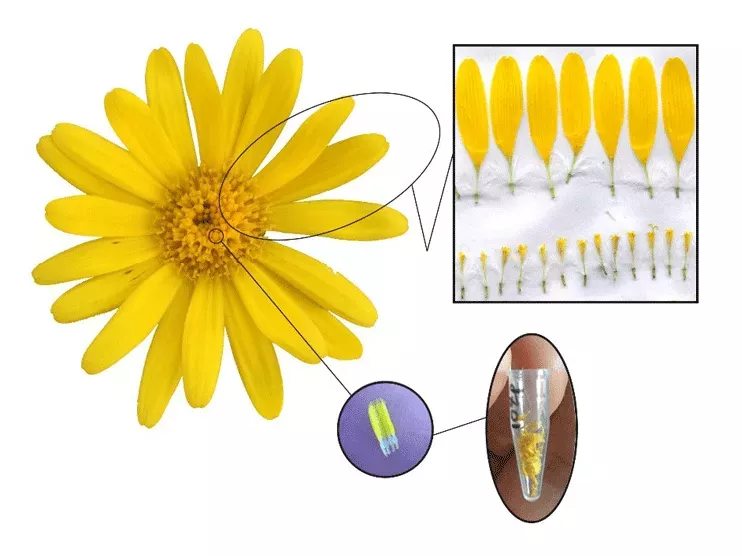
Introducing the Rana monitoring system - watching flowers on webcam
To understand this we have been working in collaboration with researchers from the Universities of Utah (USA) and Newcastle (UK), and have taken advantage of a recently developed automated monitoring system called Rana.
Its name is based on the behaviour of some amphibians when they capture their prey, which is motion-mediated. For example, if you place a frog in a box full of insects which do not move, it would probably die of starvation, but as soon as one of them makes a movement, the frog switches to hunting, and so does this device!
A small webcam controlled by software is set up to record a given flower. Motion detection is based on differences in pixel density such as an insect landing on the flower that will trigger the recording. This technology can be controlled from your phone and it is harmless for both the plant and the insect, enabling data to be recorded over long periods of time and for multiple plants simultaneously which are later summarised in time-lapsed frames.
This autumn will be a busy season for us, processing all of the samples and analysing the thousands of video recording hours we have collated from over 120 plants during the summer. We are very excited and cannot wait to combine all of the data.
Once analysed, we will be in a better position to understand how polyploidy is influencing plant-insect interactions and thus have a more accurate understanding of the ultimate causes of pollination success, and if among them all, polyploidy holds the key for a plant's resilience. Watch this space...
Funding: Winton (Harding) Alpine Plant Conservation & Research Programme
